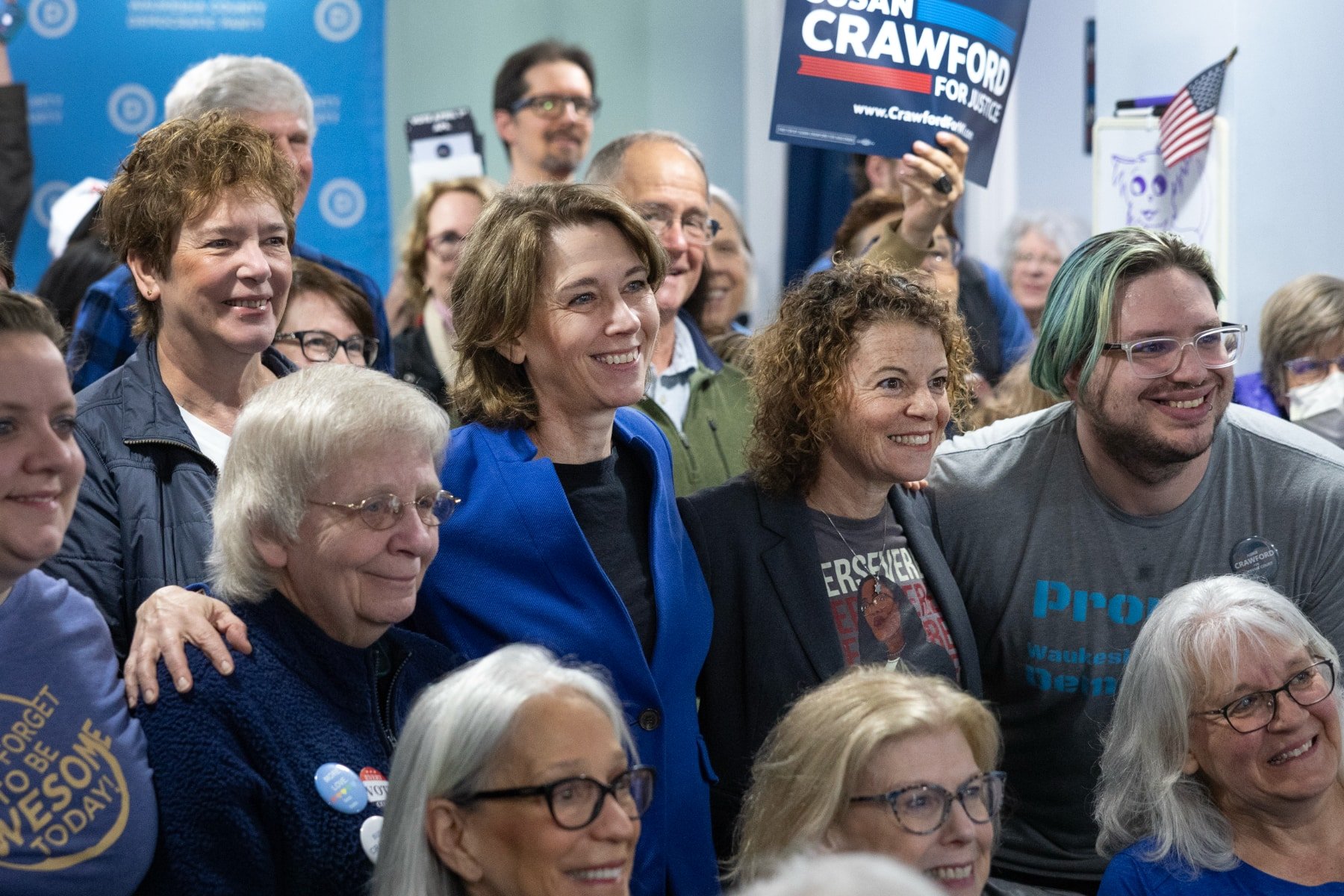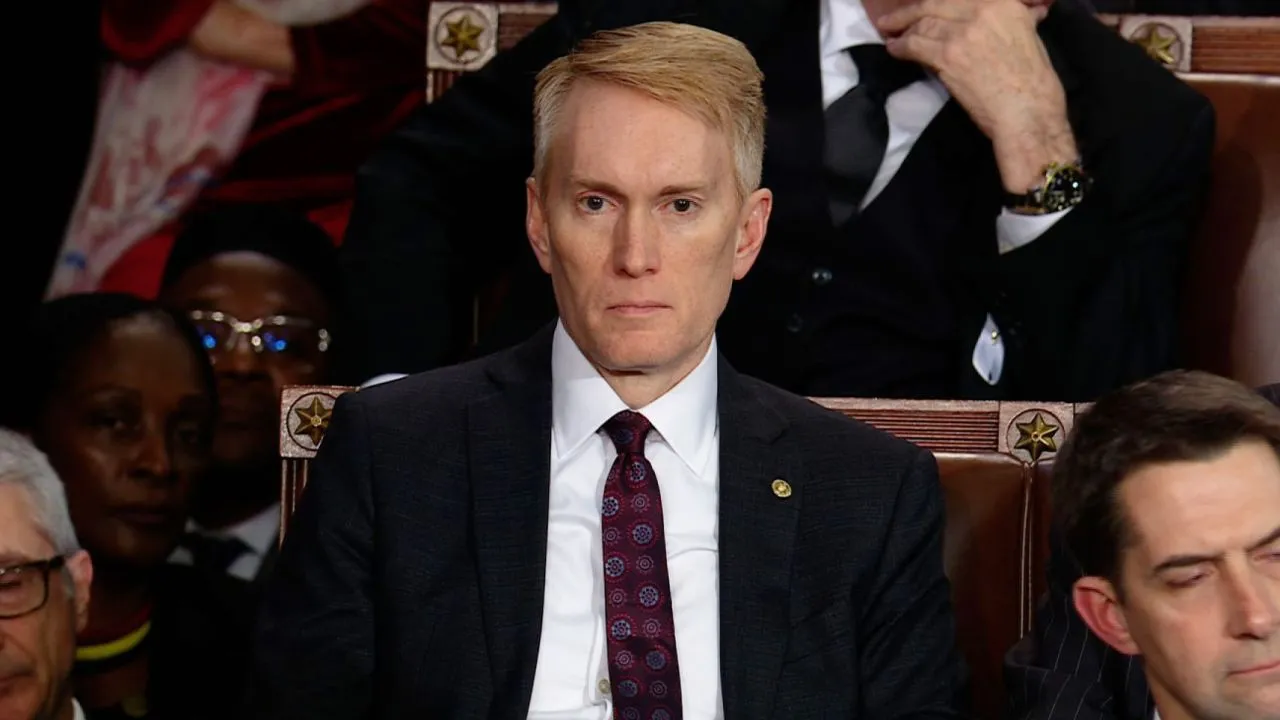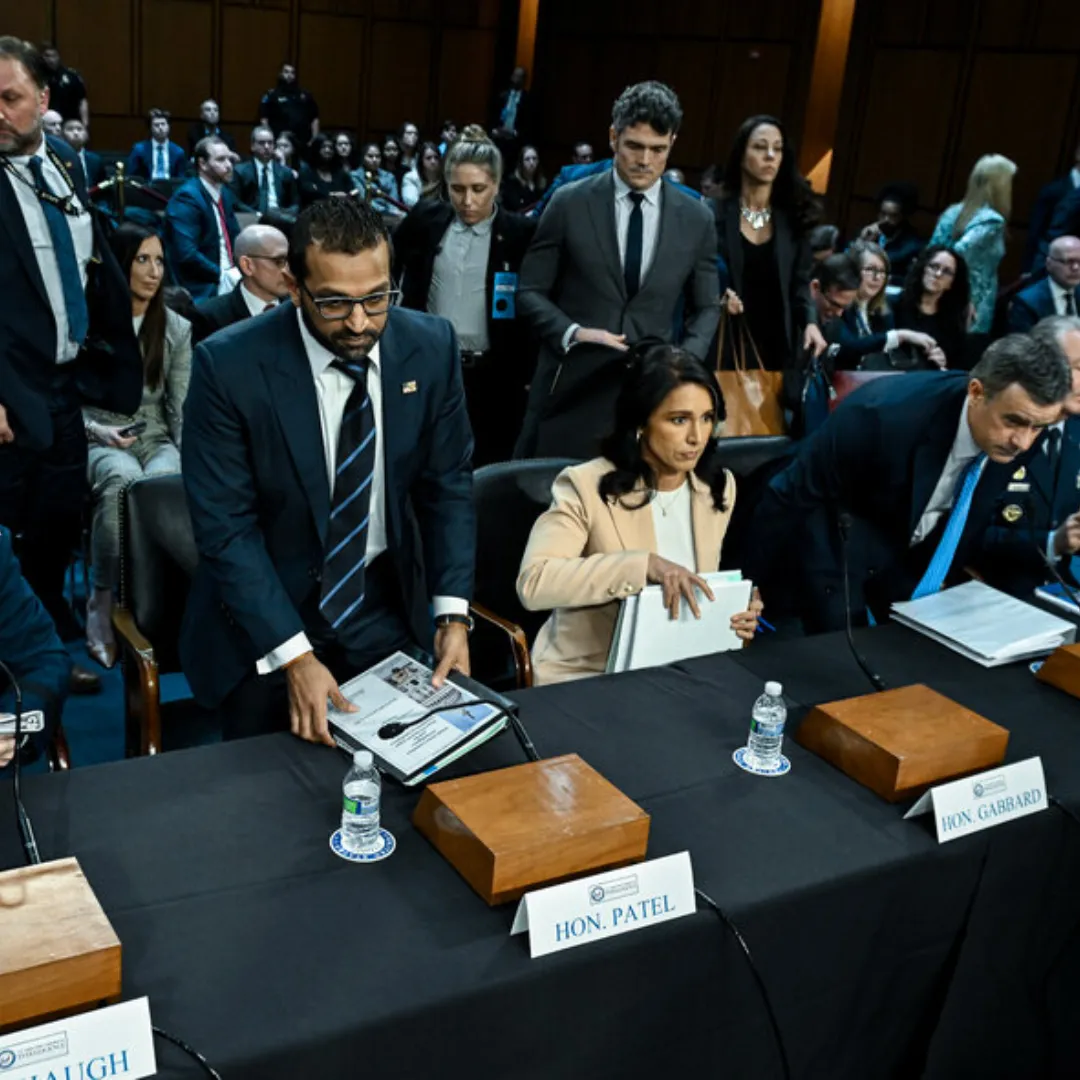In a significant outcome for Wisconsin’s judicial landscape, Dane County Circuit Court Judge Susan Crawford emerged victorious in the state’s high-profile Supreme Court race, holding onto the liberal majority with a win that defied high expectations.
Crawford defeated conservative challenger Brad Schimel, a former Republican state attorney general, in a race that saw millions of dollars flood into the state and attracted national attention. The election result is seen not only as a win for Crawford but also as a blow to the political influence of tech mogul Elon Musk and former President Donald Trump, both of whom poured substantial resources into Schimel’s campaign.
Crawford’s victory is seen as a critical moment for the Wisconsin Supreme Court, ensuring that the court maintains its 4-3 liberal majority. This outcome also marks a turning point for the Republican Party, particularly in a state that has long been a battleground in national politics.
Crawford will replace retiring liberal justice Ann Walsh Bradley, who had served on the court for decades, and her election further solidifies the liberal presence on the court.
The election also served as an important test for both political parties following the 2024 November elections, offering a glimpse into how the political climate may evolve under President Trump’s second term.
As the first major statewide race after the general election, it was widely viewed as a reflection of voter sentiment and a referendum on the political strategies employed by both Musk and Trump.
The Wisconsin Supreme Court race shattered fundraising records, with more than $40 million spent in total, far surpassing the $28 million spent in the 2023 race. A significant chunk of that money came from Elon Musk’s super PAC, America PAC, which alone contributed more than $12 million in support of Schimel.
Musk’s involvement in the race highlighted his growing role in national politics, particularly as a financier of conservative causes. He also made a personal visit to Wisconsin, handing out $1 million checks to voters who had signed a petition against “activist judges,” further underscoring his deep investment in the race.

Musk’s efforts to influence the race were compounded by the backing of former President Donald Trump, who made repeated public calls for voters to support Schimel. Trump’s endorsement was seen as an attempt to maintain conservative control over the state’s high court, which has become a critical battleground for key legal and political issues.
The former president’s involvement was aimed at consolidating the conservative influence over the court, as Wisconsin has been a key state for Republicans in national elections.
Despite the overwhelming financial and political backing from Musk and Trump, the results of the race were a blow to their efforts to influence Wisconsin’s judicial direction.
Crawford’s win represents a significant loss for the conservative movement in Wisconsin, especially following the 2023 election, where Justice Janet Protasiewicz defeated conservative candidate Dan Kelly, further tipping the balance of the court in favor of the liberals.
For Democrats, this victory represents the continuation of a special election streak that began in the aftermath of the 2024 election. Earlier this year, Democrats scored unexpected wins in state Senate special elections in both Iowa and Pennsylvania, signaling that the party is gaining ground in key battleground states.
The Wisconsin race is part of a broader trend of Democratic victories in special elections, which has given the party hope for continued success as the country moves further into President Trump’s second term.
The race itself garnered outsized national attention not only because it was a critical vote for the state’s high court but also because it was widely seen as a referendum on Trump’s presidency. The election outcome is likely to influence the political climate in the coming months, with both parties analyzing the results as a signal for what might be to come in future elections.
Democrats, including those within Crawford’s campaign, sought to harness voter frustration with Musk’s influence and his administration’s Department of Government Efficiency (DOGE). Many voters saw Musk’s intervention as an attempt to further his political agenda by supporting Schimel, who was seen as a more conservative candidate.
Musk’s focus on combating “activist judges” resonated with some voters, but ultimately, Crawford’s message of maintaining a fair and independent judiciary prevailed.
The results of this race have far-reaching implications, both for Wisconsin and the broader national political landscape. The Wisconsin Supreme Court is poised to hear several landmark cases in the coming months, including those related to the state’s controversial 1849 abortion law, which bans nearly all abortions, and the case involving Act 10, which curbed collective bargaining rights for public workers.
With the court maintaining a liberal majority, these rulings are likely to reflect the progressive values that have dominated the court in recent years.
In addition to these high-profile cases, the Wisconsin Supreme Court has been at the center of several important political issues, including the 2020 election results and the state’s use of ballot drop boxes.
The state’s judicial decisions on these issues have had a significant impact on the direction of both local and national politics, further highlighting the importance of the court’s ideological makeup.
The race’s outcome also serves as a reminder of the increasing role that state-level judicial elections are playing in shaping the broader political climate. In recent years, there has been a noticeable shift in the way both parties are approaching these races, with much more money and national attention being focused on judicial contests.
This shift is indicative of the growing importance of state courts in the broader political and legal battles taking place across the country.
The results of the Wisconsin Supreme Court race were a bitter disappointment for Republicans, who had hoped to maintain control of the court and continue pushing their conservative agenda. The loss follows the defeat of Justice Dan Kelly in 2023, marking a significant shift in the state’s judicial landscape.
Republicans had hoped that Schimel would be able to regain the court’s conservative majority, but the combination of Musk and Trump’s heavy-handed involvement, coupled with Crawford’s effective campaign, ultimately led to a different outcome.
For Wisconsin Republicans, this loss also comes at a time of heightened tension within the party. The 2024 election results and the challenges faced by conservative candidates in key battleground states have left many Republicans reeling.
The Wisconsin Supreme Court race was seen as an opportunity to regain some ground, but the results only underscore the difficulties the party faces as it navigates an increasingly polarized political environment.

The race also reflects broader trends in the Republican Party’s relationship with money in politics. While Musk’s super PAC spent millions to support Schimel, the effectiveness of such spending remains a point of contention.
Some Republicans believe that Musk’s involvement may have alienated certain voters, while others see it as an example of the growing influence of wealthy donors in shaping political outcomes.
As Wisconsin’s judicial landscape continues to shift, both parties will be closely monitoring the state’s Supreme Court for signs of future political developments. The race has highlighted the increasing importance of state-level judicial elections, and it is likely that similar races will continue to receive heightened attention in the coming years.
For Democrats, the victory is a sign that their strategy of focusing on state courts may be paying off, while for Republicans, the loss is a wake-up call about the challenges they face in a rapidly changing political environment.
As the nation moves forward under President Trump’s second term, the Wisconsin Supreme Court race is sure to be a key reference point in future political debates, with both parties seeking to capitalize on the shifting dynamics of judicial power.
The Wisconsin Supreme Court race may have been a state-level contest, but its impact will be felt far beyond the state’s borders. As both parties continue to adapt to the evolving political landscape, the results of this election will provide valuable lessons for future elections and the role that state courts will play in shaping the nation’s future.




